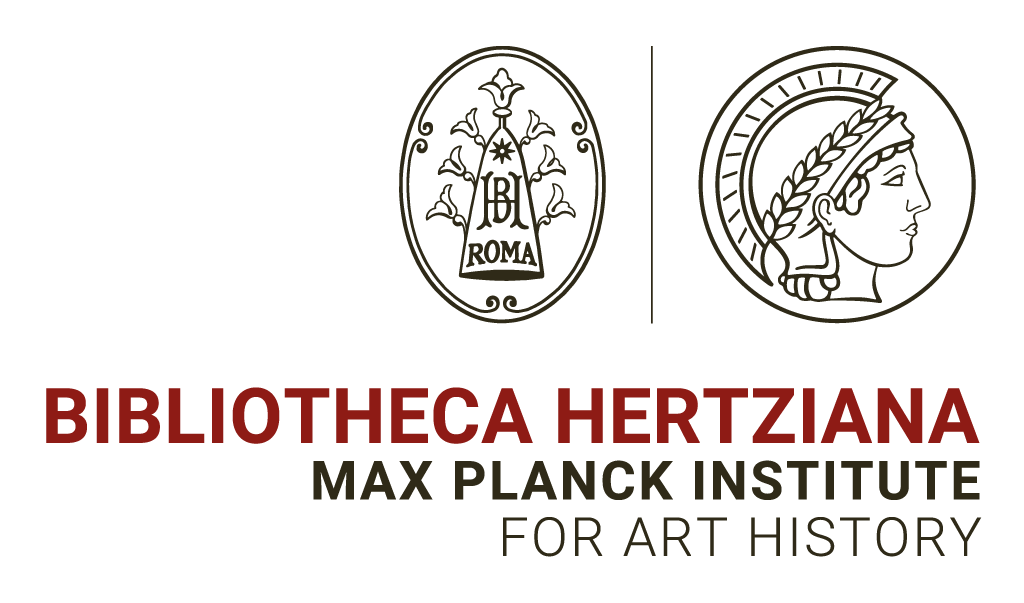Martina Franca ‘79, 1979
Wood and paint, 26.9×30.3×30 cm
Mauro Staccioli Archive Museum, Volterra
During the “Incontri” in Martina Franca, promoted by Enrico Crispolti and Lidia Carrieri in September 1979, a series of aims were identified to which the artists called upon to participate had to respond: reading urban signs, conflicting projects in urban space, anthropological reconnaissance, photography as social analysis, study of personal relation spaces. Staccioli’s work corresponds to several aims. He carries out a photographic survey of architectural features and socio-environmental factors, and then realises an enormous triangle stuck, like a wedge that has fallen from above, into a street in the city centre. The concrete triangle unsettles passers-by, not only because it obstructs their usual passage, but also because they cannot understand how the work could wedge itself in that position. With its disturbing presence, the relationship between sculpture and passer-by is forcibly imposed.
“The work of any artist is scaled to his own specific linguistic realm. Sculpting is one of the various ways of talking about people and the condition in which they live: their history and life, present situation. […] Form cannot be separated from content, action cannot be separated from thought. Now that the all-encompassing illusions of the 1960s are over, any artist with social pretensions must not hope to create something immediately understandable, but rather rediscover the validity of a partial and relative project”.
Mauro Staccioli, press release n. 23 about the Martina Franca meeting of ’79 (Mauro Staccioli Archive)


© Enrico Fontolan, Bibliotheca Hertziana – Max Planck Insitute, Roma. Courtesy Archivio Mauro Staccioli.
L’Archivio Mauro Staccioli ha collaborato con la Bibliotheca Hertziana – Max Planck Institute di Roma per la digitalizzazione dell’intero corpus documentario afferente ai lavori realizzati o ipotizzati dall’artista, dall’inizio della carriera fino al 1988. Si ringrazia il fotografo Enrico Fontolan, il Digital Humanities Lab e il Fondo Fotografico della Bibliotheca Hertziana per l’enorme lavoro svolto. Tutto il materiale è consultabile online cliccando qui.














